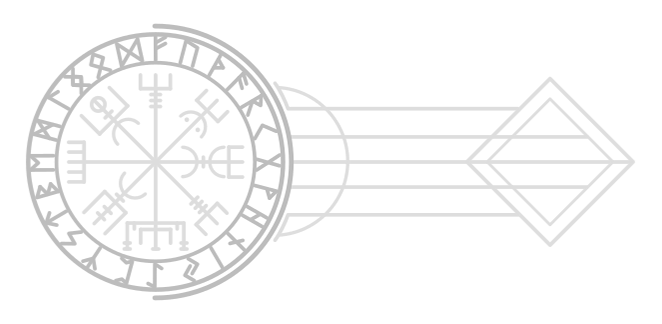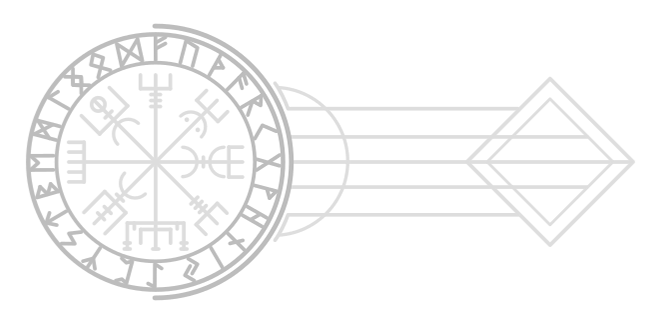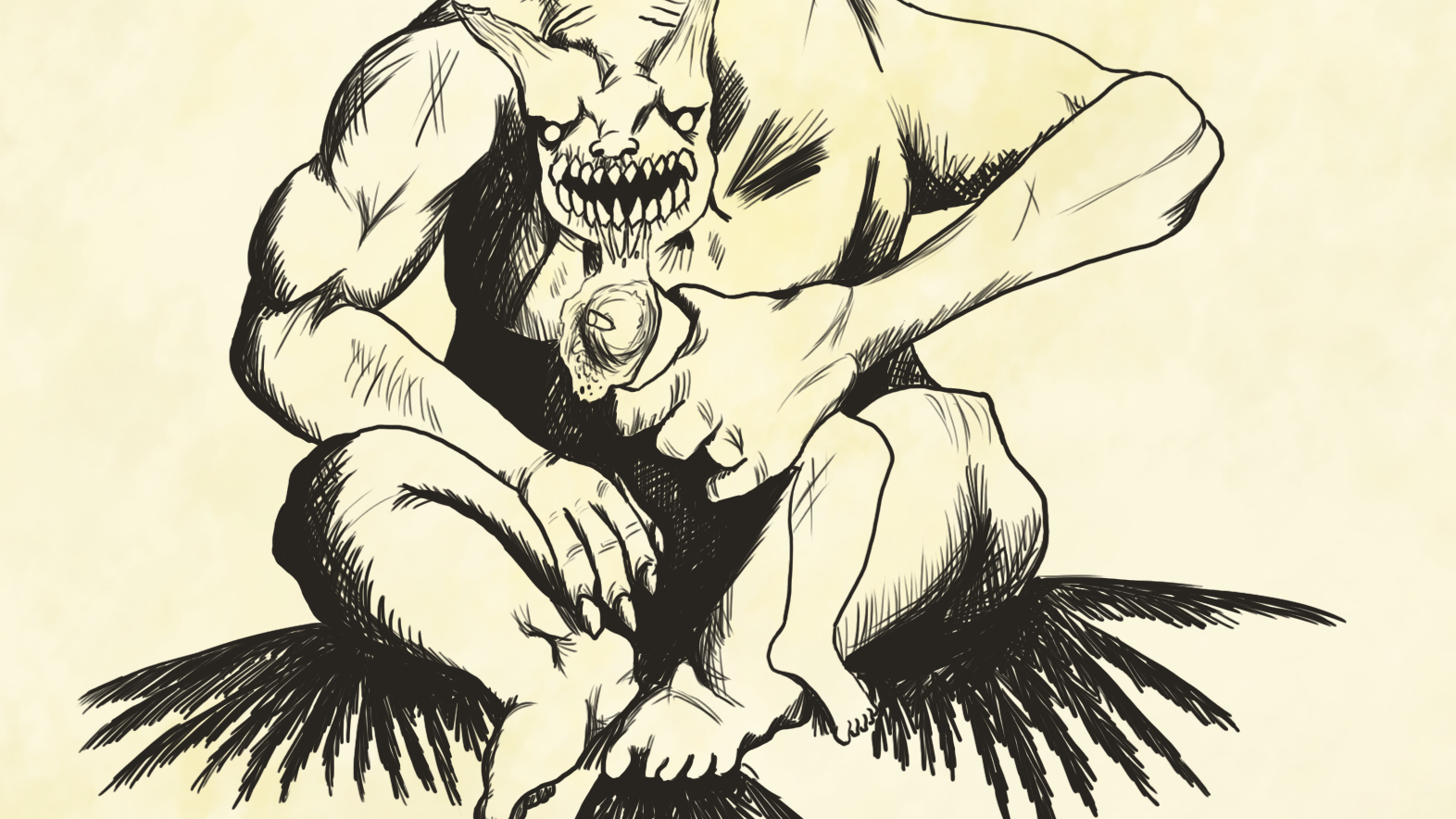Description
The hippocampus or hippocamp, often called sea-horse in English, is a creature from Phonecian, Etruscan, Roman, and Greek mythology. [1] It is described as having the upper body of a horse, including the front legs, and the lower body of a fish.
The word hippocampus comes from the combination of the Greek word ἵππος, meaning “horse” and κάμπος, meaning “sea monster”. [2]
The word hippocampus comes from the combination of the Greek word ἵππος, meaning “horse” and κάμπος, meaning “sea monster”. [2]
Greek and Roman
The Argonautica describes Orion grasping the reins of Poseidon’s “two-hoofed horses” describing hippocampus [3] and in Hellenistic and Roman imagery Neptune drives a chariot drawn by hippocampi.
Etruscan
The hippocampi are a common theme in Etruscan tomb wall-paintings and reliefs. [4] There is some belief that Etruscan myth believed that the way to the afterlife entailed a sea-voyage which would imply a great symbolism in the placement of hippocampi. [5]
Renaissance
In the Renaissance the hippocampus became a popular symbol used as a heraldic charge or a shield. It is also a common image in Renaissance and Baroque art and sculptures.
Similar Myths
In Pictish and Scottish myths, the Kelpie share many similarities with the hippocampi.
The Capricorn, aigikampoi or sea-goat is also commonly associated with the hippocampus due to their similar appearance and their connection with the ocean.
Other Etruscan creatures with similar physical characteristics are the leokampoi, taurokampoi, and pardalokampoi.
Sources:
[3]: Valerius Flaccus, Argonautica 2.507.
[4]: Etruscan sea creatures, including a range of hippocampi, are set in cultural context and ordered by typology in Monika Boosen, Etruskische Meeresmischwesen: Untersuchungen zur Typologie u. Bedeutung (Archaeologica 59) (Rome:Bretschneider) 1986.
[5]: Katharine Shepard, The Fish-Tailed Monster in Greek and Etruscan Art, 1940, pp 25ff; the thesis was, exceptionally, reviewed (by G.W. Elderkin) in American Journal of Archaeology 45.2 (April 1941), pp. 307-308: available on-line through JSTOR.



